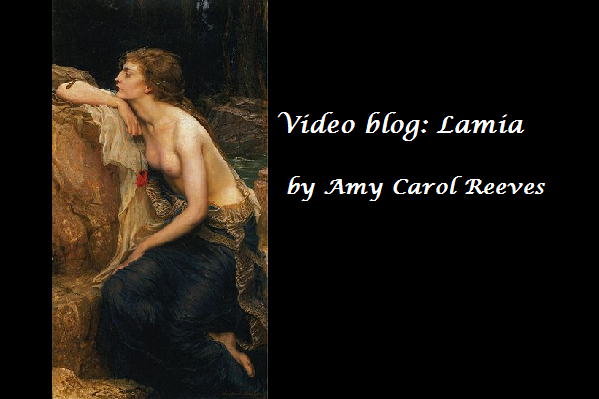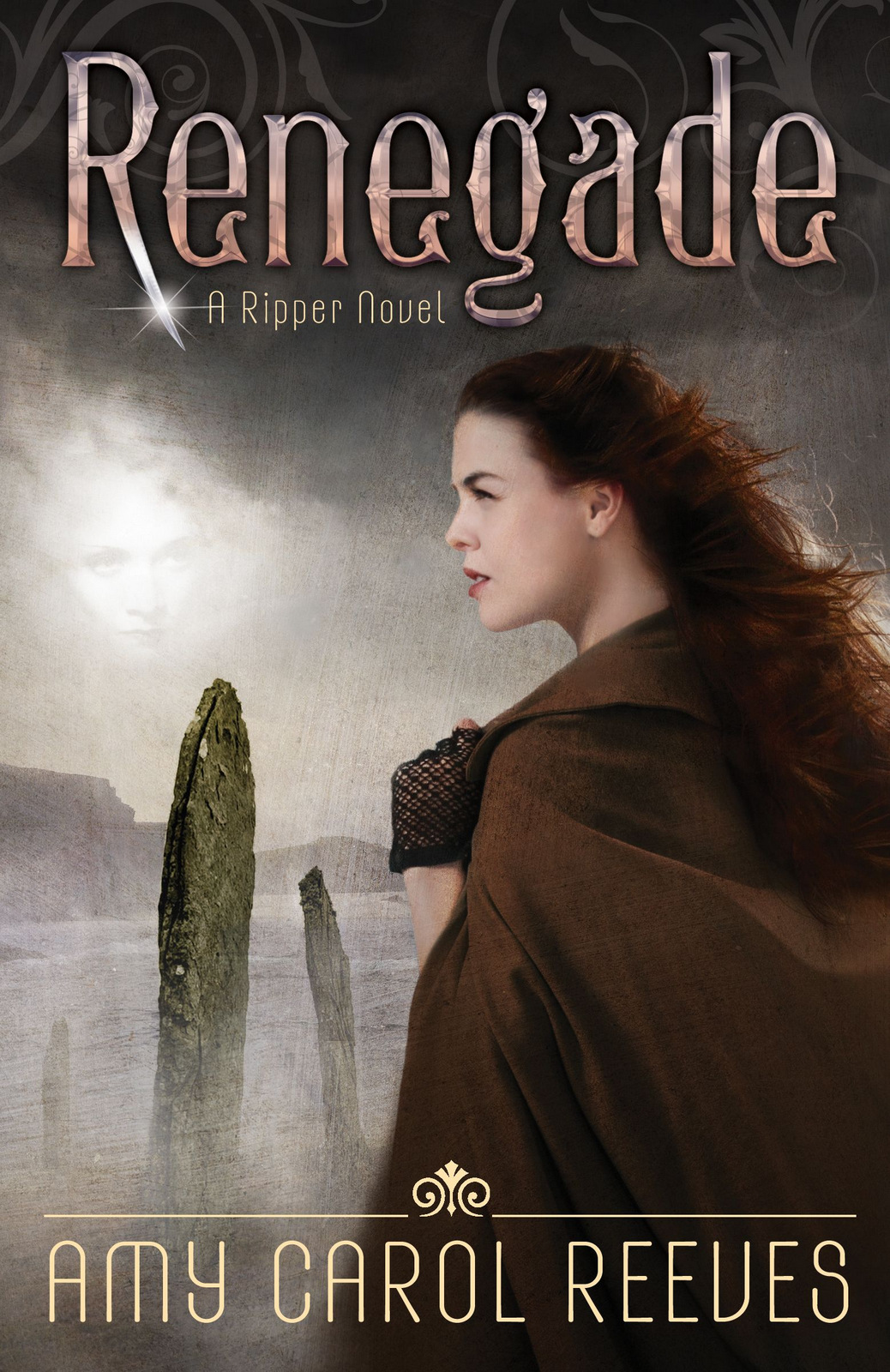Exploring Old St. Pancras Church
A church rises up in the background on the cover of the final book in the Ripper trilogy, Resurrection. This church, Old St. Pancras, has a fascinating history and was one of the main places I explored while visiting London on my research trip in March. Old St. Pancras Church and Highgate Cemetery are both major settings in Resurrection.What’s so remarkable about Old St. Pancras Church?
It’s VERY old!
The church is very old, possibly the site of the oldest site of Christian worship in England, possibly dating back to the fourth century. Although the church had fallen into disrepair, the Victorians completed many renovations upon the place. These renovations revealed remarkable remnants from the Church’s history including stones dating back to the Norman period. The last major renovations during the Victorian period took place in 1888, the year before Resurrection takes place.
The Cemetery’s Lost Bodies and Bones
One of the most bizarre and interesting pieces of the place’s history has to do with the construction of a railway behind the church. The Church’s cemetery blocked its path, and railway workers irreverently dug up and moved aside graves and coffins. Thomas Hardy, later a Victorian novelist, was in charge of removing the coffins. In an effort to maintain some dignity for the dead, he clustered them about the base of a tree immediately behind the church, now called The Hardy Tree. He wrote a haunting little poem about the tree in “The Levelled Churchyard.” My favorite lines are: “We late-lamented, resting here, / Are mixed to human jam, / And each to each exclaims in fear, / ‘I know not which I am!’”
Many graves were lost. Ripper fans might remember William Siddal’s long dead relative, John Polidori. Lord Byron’s physician and an author of one of the first vampire novels, Polidori died quite young. He was buried in this churchyard and unfortunately, his remains were lost. Mary Wollstonecraft, the famous Romantic era feminist writer (and mother of Frankenstein author Mary Shelley) had been buried here. Fortunately, Mary Shelley’s spunky daughter-in-law saved Wollstonecraft’s body and the body of her husband, William Godwin. However, the graves of other members of Wollstonecraft’s family were lost.
Why yes, the Beetles were there!
More recently, The Beetles were photographed in the gardens surrounding the church during their Mad Day Out photo shoot. Pretty awesome!
I photobombed my favorite feminist! (Well…sort of)
I’ve had a serious girl crush on Mary Wollstonecraft ever since reading her feminist essay, A Vindication of the Rights of Women in high school. One of the major highlights of my churchyard adventures was finally locating the small monument to Mary Wollstonecraft. The morning was very cold and rainy, but I begged my sister to snap several photographs of myself next to my BFF. I was geeky excited!























